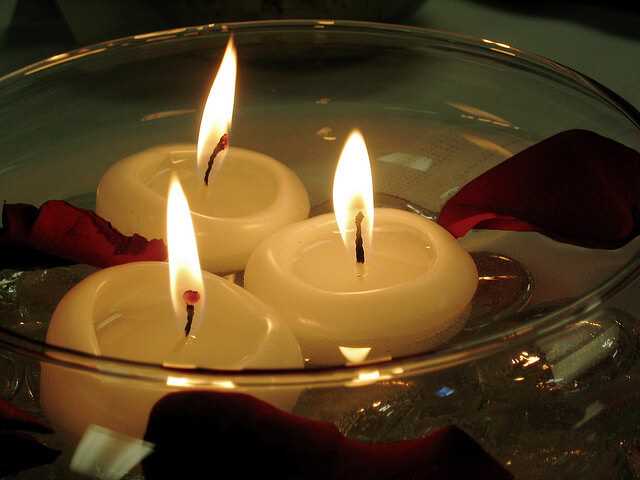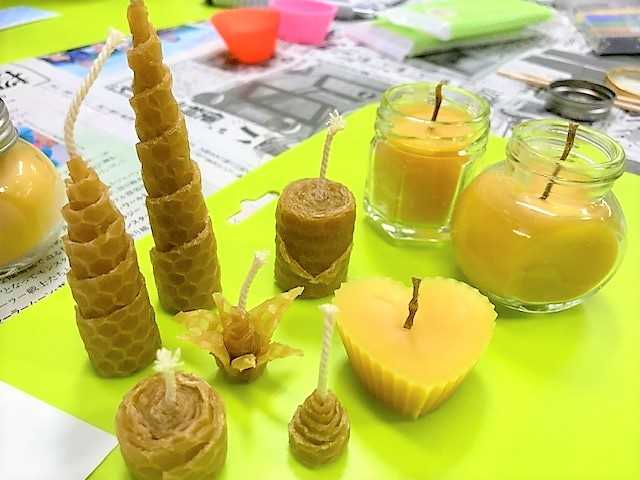Colonial-Style Candle Making

Candle making has been around for ages. Ever since fire was designed, candles have been about in one form or the other.
Whether it is as ordinary torches to animal fat candle lights, these illuminating sticks have actually been brightening our homes given that aeons ago.
Today candles play an even more ambient function in giving mood lights and also as gadgets used to help in relaxation, throughout colonial times, candles were utilized as the main resource of illumination during the evening time hrs.
The significance of candles in early american times is related to the number of family tasks women of the moment needed to do. The points we take for given like preparing food, cleaning clothing as well as recipes, keeping the residence clean and also generally all general home maintenance job called for many hours of work.
Today we have cleaning makers, microwave, pre-cooked meals as well as ready foodstuff from grocery stores, that we do not realize exactly how difficult it is to preserve a family back in the colonial period.
At that time, job really did not end when the sunlight boiled down, it took place all throughout the night, therefore the significance of candle lights and candle making kits tips on choosing back then cannot be stressed out totally. What were the colonial candle making methods of people back then?
Colonial candle improvising not use the currently common paraffin wax, however instead, they utilized animal fats, making them into a material called Tallow.
Tallow acted pretty much like wax because they can be thawed as well as dipped to make fat conical candles. Unlike wax of today, tallow was soft resulting in their fairly brief lifespan, they do not shed brilliantly and worst of all, they smell negative.
A far cry from the fragrant candle lights we see all over today, however it did the job and lighting your home was far more crucial than the poor smell.
As you can think of, early american houses maintained big quantities of tallow candle stocks, particularly during the wintertime. Colonial candle making is similar to today’s methods, but with the primary distinction being the materials used.

Candle lights were melted, dipped, positioned with a wick then cooled. Back then, there was no use for elegant candles other than by the rich, so most of colonial candles were the ordinary tubular conical ones we see in general supply stores.
Besides tallow candles, those with additional money to invest made use of beeswax candles, with beeswax candles, the trouble of a smelly family was removed.
This was because beeswax candles radiated a pleasant fragrance that arised from the ‘s diet of honey and also blossom pollen and also nectar. Nonetheless, these were expensive.
Another colonial candle light alternative were bayberry candle lights. These were made from bayberries, were longer enduring, sweet smelling, and also commonly readily available.
With colonial candle light making strategies, developing bayberry candle lights were a time consuming procedure and also the huge quantity of berries to create simply one candle really did not make it a possible choice to tallow candles.
Today, you can enter colonial candle making, by presenting bayberry and also beeswax candle lights. These two are as prominent today as they were at that time, especially for their fragrances.
Locate a bayberry candle light today as well as you can see on your own just how cleanly they burn.
Colonial candle light production has had a massive influence on today’s candle making industry, though out beeswax candles or bayberry candles, but instead the candle light mold.
Colonial candle light making required a quick, effective way to create countless candle lights quickly, so the mold was invented.
In a means, if you are making candle lights using a mold, with beeswax and/or bayberries (or if you want true authenticity, tallow), successfully, you are making your own candle lights in the early american method!

